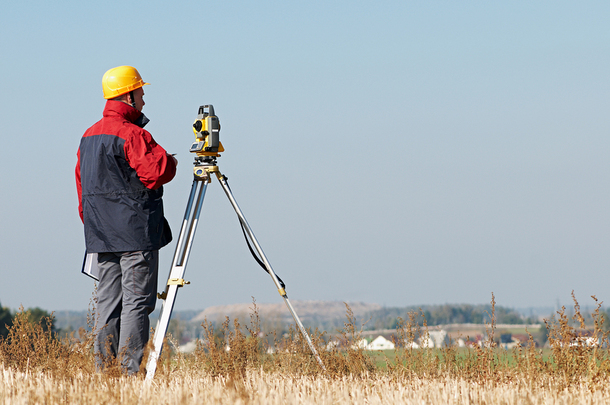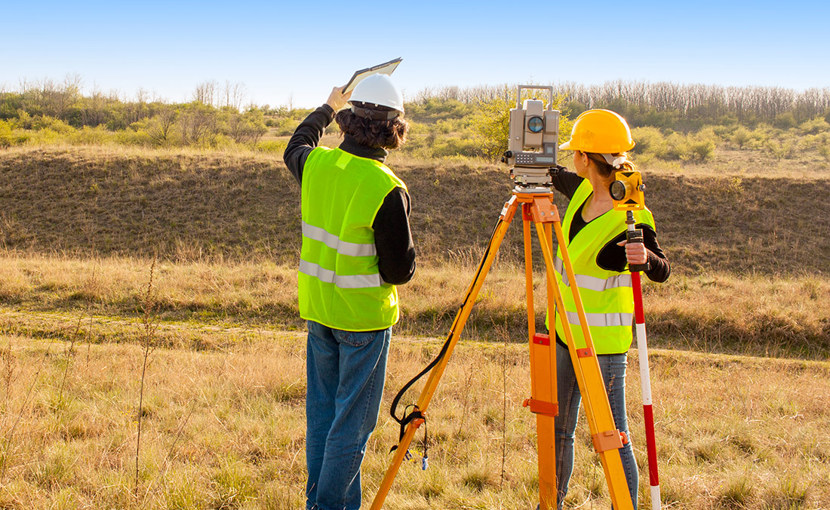Introduction
Landscaping is an art and a science, requiring precision, creativity, and a deep understanding of the environment. In Australia, where diverse terrains and climates make landscaping both challenging and rewarding, modern technology plays a crucial role in achieving exceptional results. One such innovation is the use of vacuum hydro trucks from Rapid Vac Trucks, which combine the power of water and vacuum systems to deliver unmatched efficiency and precision in landscaping projects.
In this blog, we’ll explore how vacuum hydro trucks are transforming landscaping, making tasks safer, faster, and more sustainable for professionals across Australia.
The Challenges of Landscaping Projects
Landscaping projects often come with unique challenges that require careful planning and execution:
- Delicate Plant and Soil Management: Protecting existing vegetation and soil structure is essential during excavation or debris removal.
- Accessing Underground Utilities: Landscaping near water pipes, electrical lines, or gas mains requires precision to avoid accidental damage.
- Efficient Debris Removal: Clearing soil, rocks, and other materials quickly and without disrupting the site is critical.
- Environmental Regulations: Projects must adhere to strict environmental standards, especially in protected areas.
These challenges demand advanced solutions like vacuum hydro trucks, which offer a non-invasive and environmentally friendly approach to landscaping.
What Are Vacuum Hydro Trucks?
Vacuum hydro trucks, also known as vacuum excavation or hydro excavation trucks, use a combination of pressurised water and a powerful vacuum system to break up and remove soil. This non-destructive excavation method ensures precision while minimising damage to the surrounding area.
The process involves directing a stream of high-pressure water to loosen soil, which is then suctioned into a debris tank for safe disposal. This technology is particularly useful in landscaping projects where precision and care are paramount.
How Vacuum Hydro Trucks Benefit Landscaping
Vacuum hydro trucks provide several key advantages for landscaping professionals:
1. Precise Soil Excavation
Whether it’s digging trenches for irrigation systems or creating space for new plants, vacuum hydro trucks enable precise soil removal. This ensures that surrounding areas remain undisturbed, preserving the integrity of the landscape.
2. Safe Utility Exposure
Landscaping often involves working near underground utilities. Vacuum hydro trucks allow for the safe and accurate exposure of pipes, cables, and other infrastructure, reducing the risk of costly damage or project delays.
3. Efficient Debris Removal
From clearing rocks to removing soil from confined spaces, vacuum hydro trucks streamline debris removal. The collected material is stored in the truck’s debris tank, making site clean-up faster and more efficient.
4. Minimised Environmental Impact
Traditional excavation methods can disrupt soil structure and harm surrounding vegetation. Vacuum hydro trucks offer a non-invasive alternative, making them ideal for environmentally sensitive landscaping projects.
Applications of Vacuum Hydro Trucks in Landscaping
Vacuum hydro trucks are versatile, with applications in a variety of landscaping tasks:
1. Irrigation System Installation
Trenching for irrigation systems requires precision to avoid damaging existing plants and utilities. Vacuum hydro trucks provide clean and accurate trenching solutions, ensuring a seamless installation process.
2. Tree and Plant Relocation
Relocating mature trees and plants demands careful soil removal around roots. Vacuum hydro trucks enable precise excavation, preserving root systems for successful transplantation.
3. Hardscape Preparation
Creating spaces for patios, walkways, and other hardscape features often involves excavation. Vacuum hydro trucks ensure accurate soil removal, allowing for a smooth construction process.
4. Maintenance and Repairs
From unclogging drainage systems to repairing underground pipes, vacuum hydro trucks are essential for maintaining and upgrading landscaping features.
Environmental Benefits of Using Vacuum Hydro Trucks
In Australia, where environmental preservation is a priority, vacuum hydro trucks align with sustainable landscaping practices:
- Reduced Soil Erosion: By using controlled excavation techniques, vacuum hydro trucks prevent unnecessary soil erosion.
- Minimal Disruption: Non-destructive methods protect existing vegetation and soil ecosystems.
- Responsible Waste Disposal: Debris collected by vacuum hydro trucks is disposed of in compliance with environmental regulations.
Why Vacuum Hydro Trucks Are Perfect for Australian Landscapers
Australia’s unique environment, from arid deserts to lush coastal regions, presents diverse challenges for landscapers. Vacuum hydro trucks offer the adaptability needed to handle these varied conditions:
- Versatility: Suitable for projects in urban, rural, and environmentally sensitive areas.
- Efficiency: Accelerates project timelines while maintaining precision.
- Compliance: Meets Australia’s strict environmental and safety standards.
Conclusion
Vacuum hydro trucks are revolutionising landscaping in Australia by providing a safe, efficient, and environmentally friendly alternative to traditional excavation methods. From precise soil removal to sustainable waste management, these trucks are indispensable for modern landscapers.
As the landscaping industry continues to evolve, adopting advanced tools like vacuum hydro trucks ensures that professionals can deliver exceptional results while protecting Australia’s unique landscapes. For any landscaping project requiring precision and care, vacuum hydro trucks are the ultimate solution.
FAQs
1. How do vacuum hydro trucks improve landscaping efficiency?
Vacuum hydro trucks streamline excavation and debris removal, reducing project timelines and ensuring precision in tasks like trenching and utility exposure.
2. Are vacuum hydro trucks environmentally friendly?
Yes, vacuum hydro trucks minimise disruption to soil and vegetation, reduce erosion, and ensure responsible waste disposal, aligning with sustainable landscaping practices.
3. What types of landscaping projects benefit from vacuum hydro trucks?
They are ideal for tasks such as irrigation system installation, tree and plant relocation, hardscape preparation, and maintenance of drainage systems and underground utilities.
4. Can vacuum hydro trucks handle different soil types?
Absolutely. Vacuum hydro trucks are versatile and can effectively excavate various soil conditions, from sandy terrains to compacted clay.
5. Why are vacuum hydro trucks suitable for Australian landscaping projects?
Their precision, adaptability, and compliance with environmental regulations make them perfect for Australia’s diverse landscapes and strict standards.















